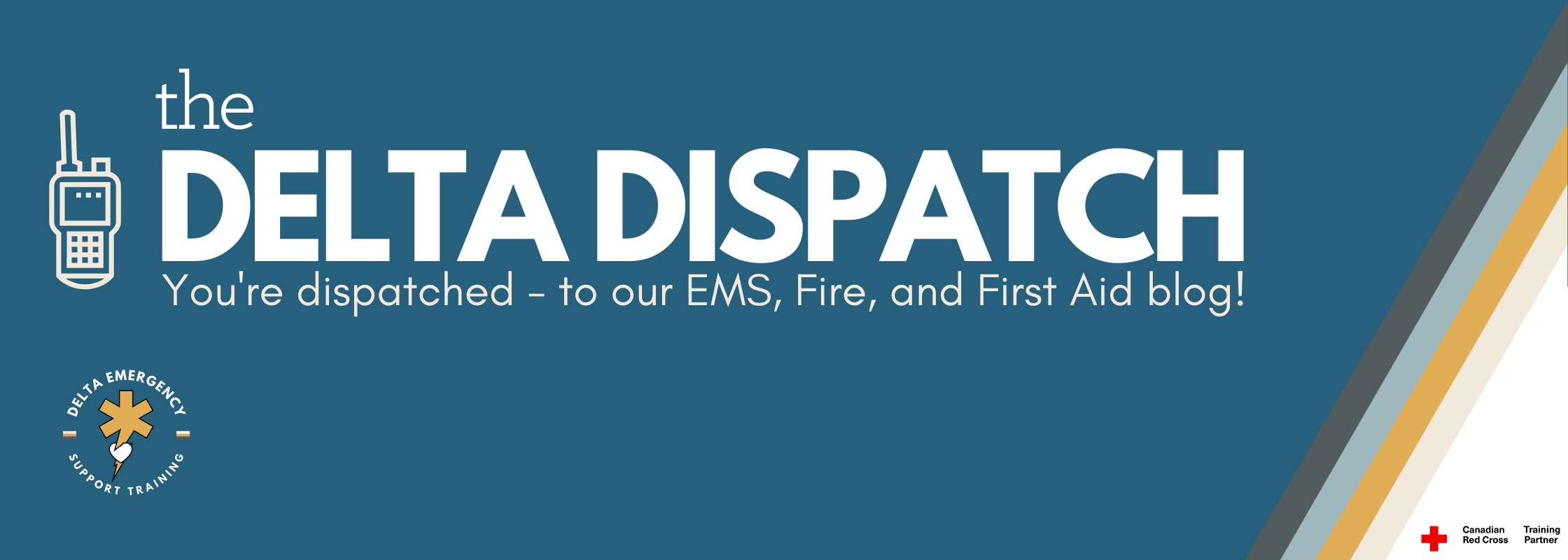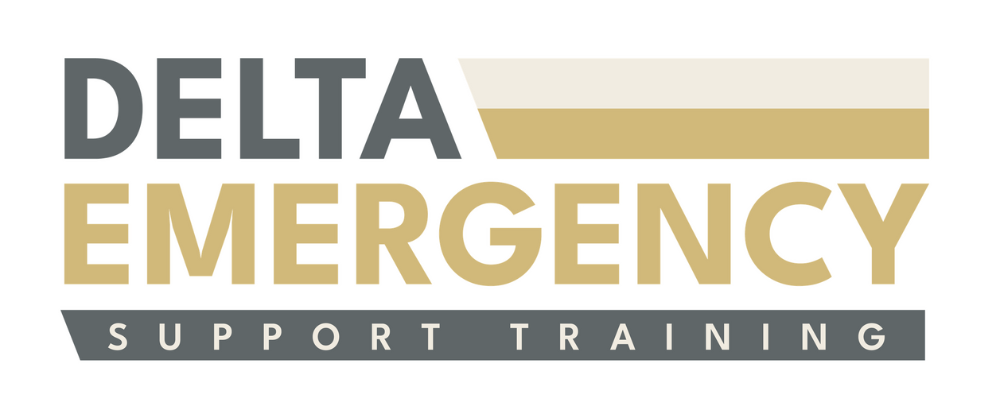Little Patients, Big Impact: Treating Kids as a First Responder
/Responding to a Child in Crisis—What You Need to Know
As first responders, we train to stay calm in chaos. But nothing tests your nerves quite like a pediatric call. Whether it's a toddler who fell from a swing or a child in respiratory distress, pediatric patients can shift the emotional tone of a scene instantly—for responders, bystanders, and families.
It’s not just about the size difference. Children aren’t just small adults—they have unique anatomy, physiology, and emotional needs. Understanding how to approach, assess, and care for pediatric patients is a must-have skill in your responder toolkit.
Why Pediatric Calls Feel Different
For many first responders, pediatric emergencies hit harder. There's a psychological weight to treating children, especially when parents are panicking, or when the injury or illness is serious. This emotional layer can affect even the most seasoned providers.
Add to that the clinical complexity—like differences in vitals, assessment cues, and treatment options—and pediatric care becomes an area that deserves more attention than many training courses provide.
Pediatric Anatomy & Physiology: The Key Differences
When dealing with kids, knowing how their bodies differ from adults can guide your assessment and treatment:
Airways are smaller and more flexible → easier to block with swelling or mucus.
Bigger heads and weaker necks → higher risk of head and spinal injuries.
Faster breathing and heart rates → normal for them, but watch for signs of decompensation.
Limited blood volume → small bleeds can have big consequences.
Thermoregulation is immature → kids get cold or overheated quickly.
Communication: The Heart of Pediatric Care
🗣️ With the Child:
Get to their eye level.
Use calm, simple language.
Let them hold a comfort item if safe.
Be honest—“This might pinch” is better than surprises.
👨👩👧 With Parents/Caregivers:
Quickly gain their trust—introduce yourself and explain what you're doing.
Ask about the child’s medical history, medications, and recent events.
Use them as a resource—they know their child best.
Let them help soothe the child when appropriate.
Pediatric Assessment Tips (ABCs & More)
Airway: Look for retractions, grunting, stridor, or wheezing. Use age-appropriate positioning (neutral for infants, slight extension for older children).
Breathing: Count respirations for a full 30–60 seconds. Kids tire out fast.
Circulation: Check cap refill (under 2 seconds is good), skin color, and mental status.
Disability: Use AVPU (Alert, Voice, Pain, Unresponsive) or the Pediatric Glasgow Coma Scale.
Exposure: Undress carefully to find hidden injuries, but keep them warm!
✅ Vital Sign Norms Change With Age! Always refer to age-specific charts for HR, RR, BP, and temperature.
Common Pediatric Emergencies and What to Watch For
Fever: Especially with seizures (febrile seizures) in toddlers.
Respiratory distress: Asthma, croup, bronchiolitis—kids can crash fast.
Trauma: Falls, bike accidents, car seats—always suspect head injury.
Choking: Common in toddlers—be ready to perform back blows and chest thrusts.
Seizures: Stay calm, protect the airway, and monitor closely.
Dehydration: Look for dry lips, sunken fontanelles (in infants), decreased urination.
BLS Considerations
Use pediatric-sized BVMs and masks.
Adjust compression depth and technique in CPR:
1/3 chest depth
Two fingers for infants
One or two hands for children depending on size
AED pads: Use pediatric pads if available. If not, adult pads can still be used (one front, one back).
Emotional Impact on Responders
Pediatric calls can stay with you. It's okay to feel shaken after a tough one. Debrief with your team, access peer support, and take care of your mental health.
Tips for Real-World Calls
🧸 Carry a teddy bear or sticker in your bag. Distraction helps.
🔊 Narrate your actions gently—kids fear the unknown.
🧼 Wash your hands or change gloves in front of them to model safety.
🪑 Where’s your gear going? Avoid putting bags on beds, couches, or play areas.
🪞 Use humor (when appropriate)—kids can surprise you with their bravery.
Final Thought
Caring for kids in emergencies is one of the most challenging—and rewarding—parts of being a first responder. With the right training, empathy, and communication, you can turn fear into comfort and make a lasting difference in a child’s life.
Even when they’re scared and silent, your presence can be the steady, calming force they need.




